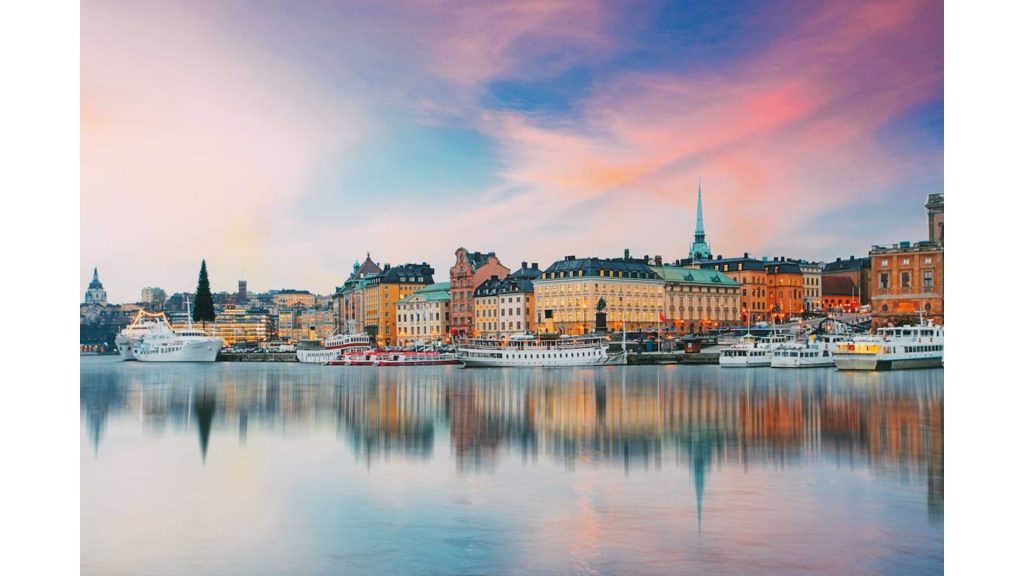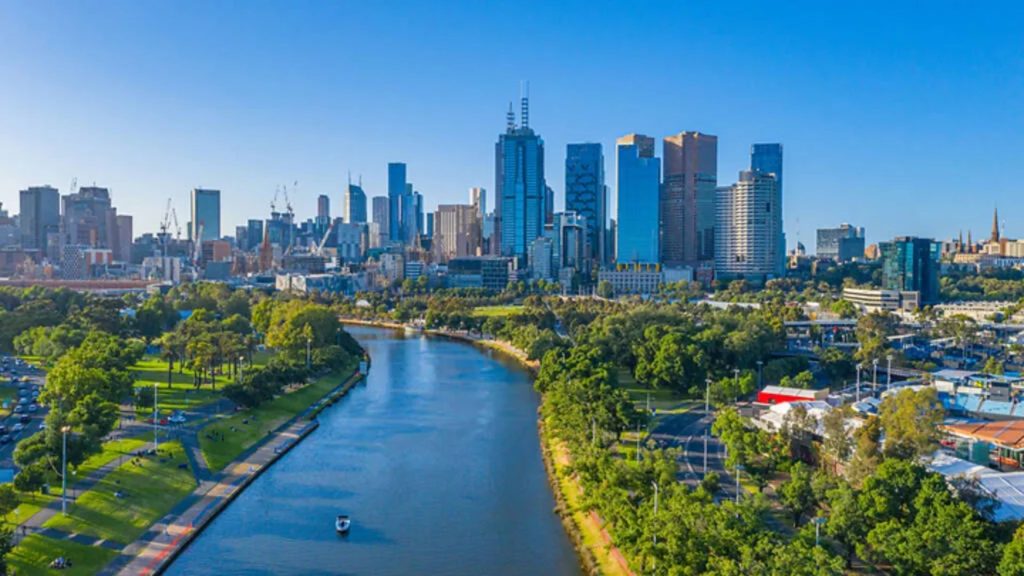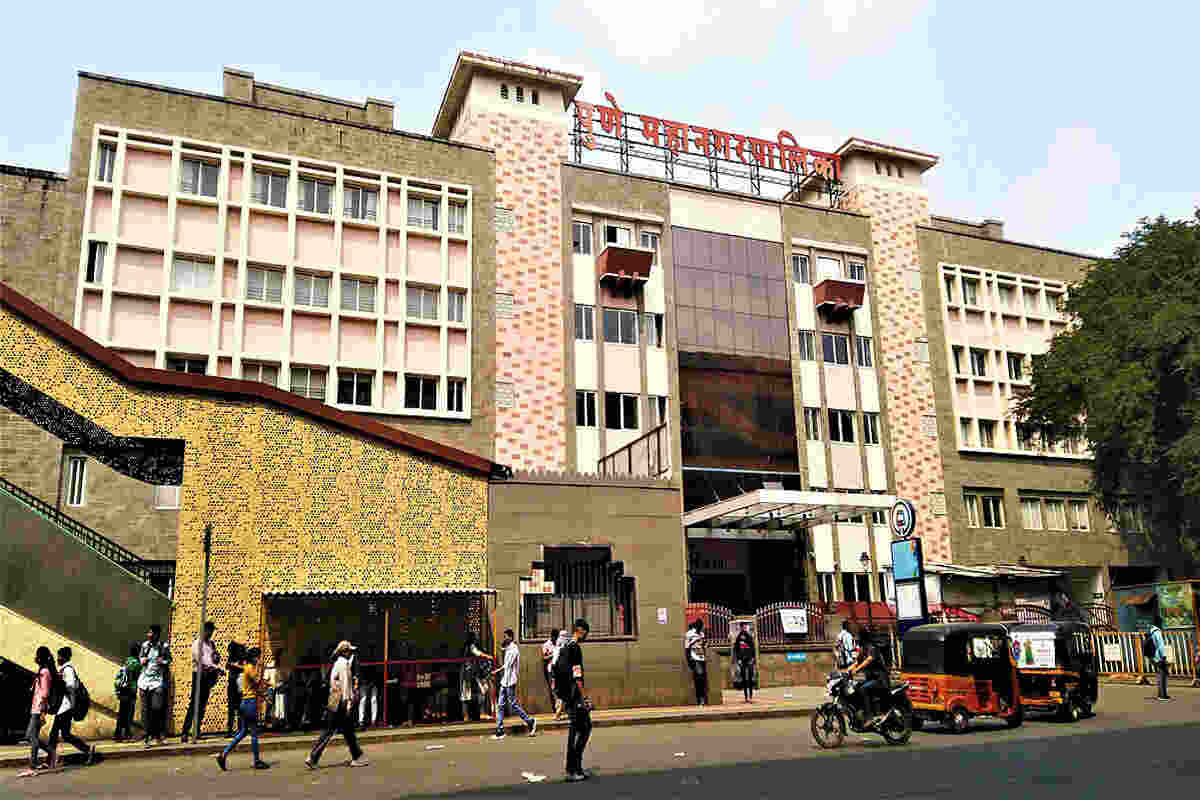
Sustainable cities are the future of urban development, focusing on minimizing environmental impact while maximizing the quality of life for residents. Achieving sustainability in urban settings requires the concerted efforts of various stakeholders, particularly citizen organizations, local self-governments, and municipalities. These entities play crucial roles in shaping policies, driving grassroots initiatives, and implementing innovative solutions that contribute to the sustainability and livability of cities. This article explores their roles and provides examples of cities that have successfully showcased ideas to make urban areas more sustainable.
Citizen Organizations: Enhancing Cities Sustainable
Citizen organizations, including non-profits, community groups, and advocacy coalitions, are pivotal in promoting sustainable urban development. They engage in various activities such as raising awareness, advocating for policy changes, and implementing community-based projects.
Raising Awareness and Education for Cities Sustainable
Citizen organizations often take the lead in educating the public about sustainability issues. For instance, the Transition Network is a global movement that helps communities develop resilience through local initiatives. They focus on reducing carbon footprints and fostering local economies. By organizing workshops, events, and community projects, these organizations empower citizens with the knowledge and tools needed to adopt sustainable practices in their daily lives.
Advocacy and Policy Influence
Organizations like Sierra Club and Greenpeace are instrumental in advocating for environmental policies at local, national, and international levels. They lobby for laws and regulations that promote clean energy, reduce waste, and protect natural resources. Their campaigns often lead to significant legislative changes that drive urban sustainability.
Community-Based Projects for Cities sustainable
Grassroots initiatives are vital for demonstrating the feasibility of sustainable practices. For example, the Brooklyn Grange in New York City operates the world’s largest rooftop soil farms. These farms produce fresh, local food, reduce stormwater runoff, and provide green spaces for urban residents. Such projects showcase how urban agriculture can contribute to food security and environmental sustainability.
Local Self-Government: Innovating for Cities Sustainable
Local self-governments, including city councils and local authorities, have the autonomy to create and implement policies tailored to their communities’ unique needs. Their proximity to citizens allows them to address specific sustainability challenges effectively.
Policy Implementation
Local self-governments are responsible for implementing policies that promote sustainability. In Copenhagen, Denmark, the city council has committed to becoming carbon neutral by 2025. They have introduced initiatives such as extensive cycling infrastructure, renewable energy projects, and green building standards. These policies have made Copenhagen a model for sustainable urban living.
Urban Planning and Development
Effective urban planning is essential for sustainable cities. The city of Portland, Oregon has implemented comprehensive land-use planning to manage urban growth and protect natural areas. The city’s Urban Growth Boundary (UGB) restricts urban sprawl and encourages higher density development within designated areas. This approach preserves green spaces and reduces the environmental impact of urban expansion.
Public Transportation
Promoting public transportation is a key strategy for reducing urban carbon emissions. Zurich, Switzerland, has one of the world’s most efficient public transportation systems. The city has integrated trams, buses, and trains, ensuring that public transport is a convenient and reliable option for residents. This has significantly reduced car dependency and improved air quality in the city.
Municipalities: Operationalizing Cities Sustainable
Municipal governments play a critical role in implementing sustainability initiatives at the local level. They manage public services, infrastructure, and resources, making them crucial actors in promoting sustainable urban development.
Waste Management
Effective waste management is a cornerstone of urban sustainability. The municipality of San Francisco has implemented an ambitious zero waste program, aiming to divert all waste from landfills by 2020. Through comprehensive recycling and composting programs, public education campaigns, and strict regulations, San Francisco has achieved one of the highest waste diversion rates in the world.
Green Infrastructure
Investing in green infrastructure enhances urban resilience and sustainability. Singapore is renowned for its extensive green infrastructure, including vertical gardens, green roofs, and interconnected parks. The city’s “Garden City” vision has transformed it into a lush, green urban oasis that mitigates the urban heat island effect and improves residents’ quality of life.
Renewable Energy
Municipalities can lead the transition to renewable energy. Freiburg, Germany, is a pioneer in this regard. Known as the “Solar City,” Freiburg has invested heavily in solar energy, with many buildings equipped with photovoltaic panels. The city’s commitment to renewable energy has made it a global leader in sustainable urban development.
Examples of Cities sustainable
Stockholm, Sweden

Stockholm has been recognized for its comprehensive approach to sustainability. The city’s Royal Seaport project aims to create a model sustainable urban district. The project includes energy-efficient buildings, renewable energy sources, and green spaces. Additionally, Stockholm has invested in public transportation and cycling infrastructure to reduce car dependency.
Read more about Stockholm’s Royal Seaport
Curitiba, Brazil

Curitiba is often cited as a model for urban sustainability, particularly for its innovative public transportation system. The city’s Bus Rapid Transit (BRT) system is efficient, affordable, and widely used. Curitiba also prioritizes green spaces, with numerous parks and greenways that enhance the city’s livability and environmental health.
Learn more about Curitiba’s BRT system
Melbourne, Australia

Melbourne has made significant strides in sustainability through its urban greening initiatives. The city’s Urban Forest Strategy aims to increase tree canopy cover to improve air quality, reduce the urban heat island effect, and enhance biodiversity. Melbourne also promotes sustainable water management through innovative systems that capture and reuse storm water.
Explore Melbourne’s Urban Forest Strategy
Vancouver, Canada

Vancouver is committed to becoming the greenest city in the world. The city’s Greenest City Action Plan includes ambitious goals for reducing carbon emissions, increasing green jobs, and enhancing local food systems. Vancouver’s emphasis on green buildings and renewable energy has positioned it as a leader in urban sustainability.
Discover Vancouver’s Greenest City Action Plan
Liquid Trees: A New Approach to Urban Air Quality
Liquid trees, also known as “liquid3,” are an innovative urban air purification technology designed to combat pollution in cities. Developed by Serbian researchers, these biotechnological installations contain microalgae capable of absorbing carbon dioxide and producing oxygen. Unlike traditional trees, liquid trees can thrive in urban environments with limited space, providing an efficient solution for improving air quality. The microalgae are suspended in a liquid medium within transparent tanks, allowing for continuous photosynthesis and oxygen production. This groundbreaking approach not only helps mitigate air pollution but also offers a visually striking addition to urban landscapes.
For more information, you can read this article on liquid trees.
The role of citizen organizations, local self-governments, and municipalities is crucial in achieving sustainable cities. Through education, advocacy, policy implementation, and innovative projects, these entities drive the transformation towards urban sustainability. Examples from around the world, such as Copenhagen, San Francisco, and Melbourne, demonstrate that with concerted efforts, cities can become more livable and environmentally friendly. By continuing to foster collaboration and innovation, we can build a sustainable future for urban areas worldwide.
Earth5R Partnership
Companies interested in partnering with Earth5R in River Cleanups, Beach Cleanups or Lake cleanup Programs can write to us at community@earth5r.org or Call us on 9920045587.
Please give us ample time to design events & projects as per requirements.
At Earth5R, we support you every step of the way, from planning and building communities to selecting volunteers, executing projects, and managing them.
We also handle event reporting and management on our app and social media platforms.
We help companies improve their ESG ranking and portfolio by making a real impact through participation in national environmental programs.



